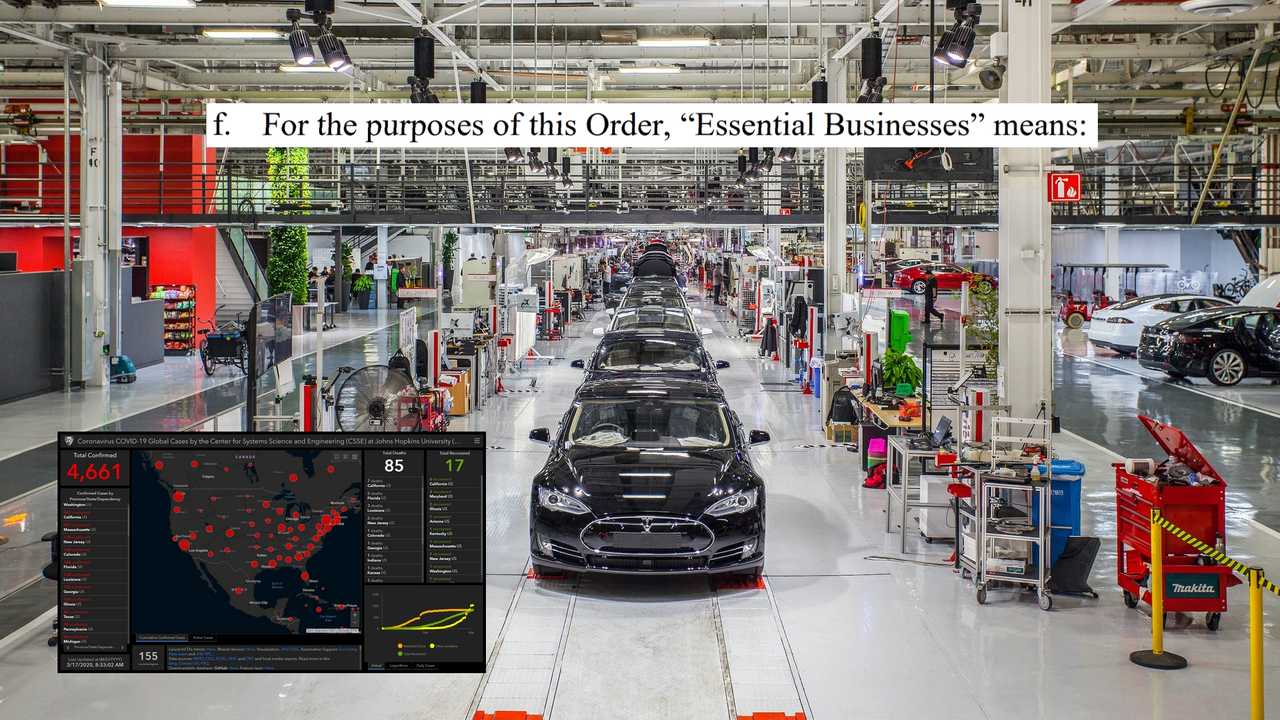The Chinese Ministry of Industry and Information Technology has approved the production of the Tesla Model 3 with LFP (lithium-iron-phosphate or LiFePO4) batteries at the Giga Shanghai factory. The cells in this pack will be supplied by the giant CATL, and will initially altogether dispense with cobalt.
Under the NEDC approval cycle (currently in disuse in Europe, but still in force in China), the new Model 3 with LFP batteries will have a range of 468 km per charge. Exceeding the 445 km achieved by the Model 3 Standard Range Plus RWD with NCM 811 cells of LG Chem origin manufactured so far in China. As can be seen, the difference is not significant, but it is evident.
The energy density at the pack level is estimated at 125 Wh/kg. At the moment, its capacity is unknown, although it is expected to be between 50 kWh and 60 kWh useful. Its approved consumption is 12.6 kWh per 100 km (NEDC), while its top speed is 225 km/h. The electric motor yields 275 hp (202 kW) with 404 Nm of torque, while the curb weight is 1,745 kg.
By using cheaper batteries, the new Model 3 Standard Range Plus RWD will probably be less expensive than the one sold so far despite having a more extended range. Also, possibly the new cells will allow Tesla to improve the already high-profit margin of Model 3.
Although LG Chem’s current Standard Range Plus RWD with NCM 811 batteries will disappear from the range, these cells will continue to be used in the Long Range RWD, which recently started in production Giga Shanghai. This model achieves an autonomy of 668 km NEDC, marking the distances with its younger brother.
The Model 3 LFP batteries will be safer and more durable in addition to offering a lower cost. In the future, it is worth wondering if this interesting version will reach markets such as Europe, where the Tesla Model 3 has already become one of the best-selling cars of the moment (also including thermal vehicles, not only electric vehicles).

